
Visualizing SoTL: Images from a Train Station
By Laura Cruz and Jacob Kelley
Imagine that you are sitting in a train car and a stranger asks you to describe the scholarship of teaching and learning. This premise may sound far-fetched, but this really happened to approximately two dozen brave souls who chose to engage in a workshop on the use of visual artifacts in teaching, learning, and scholarship at the 2023 ISSOTL conference.
For those of you who were unable to attend the conference, it might be helpful to know that the event took place inside a train museum (Het Spoorwegmuseum), whose cavernous halls included several full-size train cars. Prior to the conference, the organizers had reached out to my co-facilitator (Jacob Kelley) and myself to see if we might be interested in hosting our session in this admittedly unconventional space. We responded with an enthusiastic “yes.”
Our workshop, entitled “A Picture is Worth a Thousand Words: Integrating Photo Narration into Your SoTL Practice” was intended to introduce (and, hopefully, inspire) participants to consider how visual artifacts can be used to elicit learning. To get things rolling (Get it? In a train car?), we placed those present in the position of learners and asked them to represent the concept of SoTL itself visually. That is perhaps a rather long-winded way of saying that we asked them to take a photo of what SoTL means to them and then to share both the photo (and what it represented) to others in the session.
The richness, depth, and range of representations were sufficiently astonishing, both to us and (we believe) the group, that a suggestion to share these out with the broader SoTL community with a blog post was enthusiastically supported. What you are currently viewing is that blog post and we further invite you, the reader, to join us on the visual journey that we all took that day.
Before you jump to the photos below, consider how you might have responded to that stranger on the train. What would you have taken a picture of? Now imagine that you can only take a photo using objects found inside the train and train station. What image would you choose (and why did you choose it)?
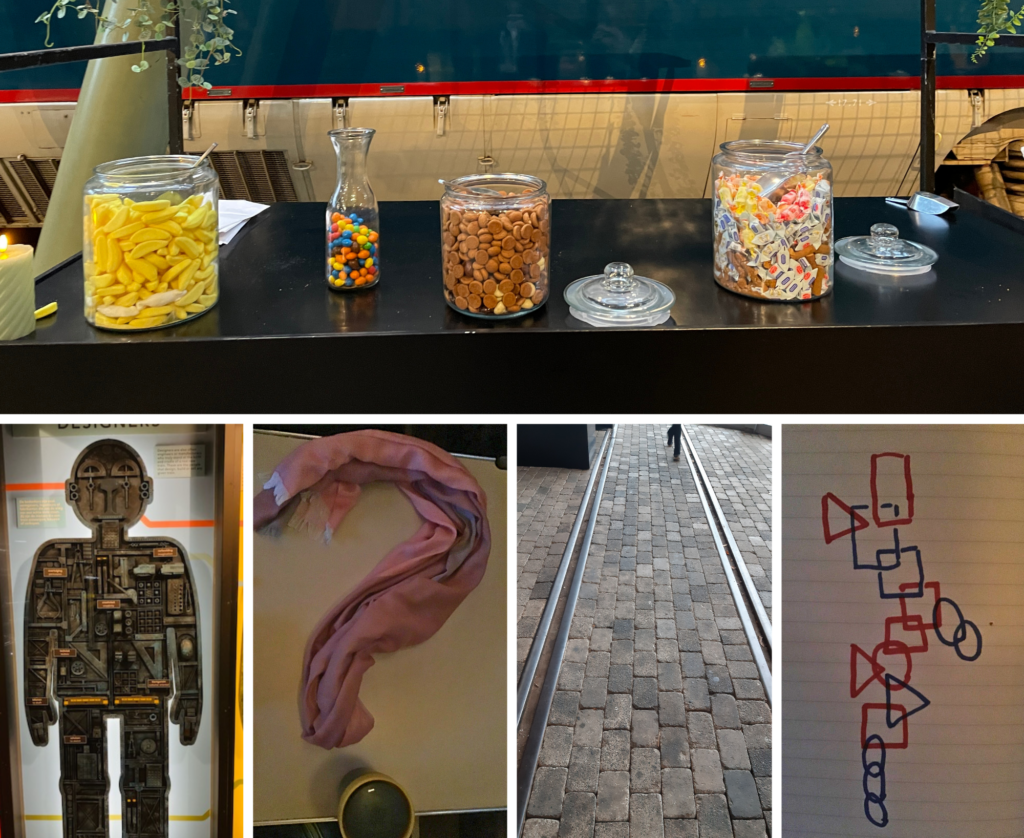
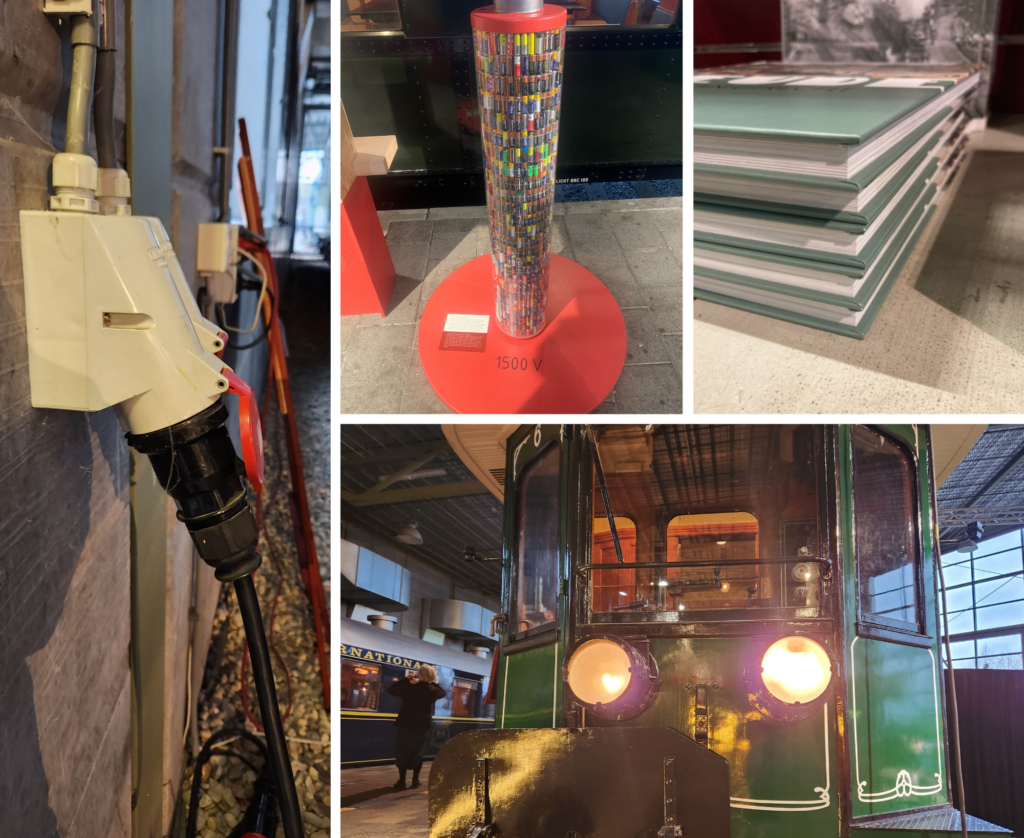
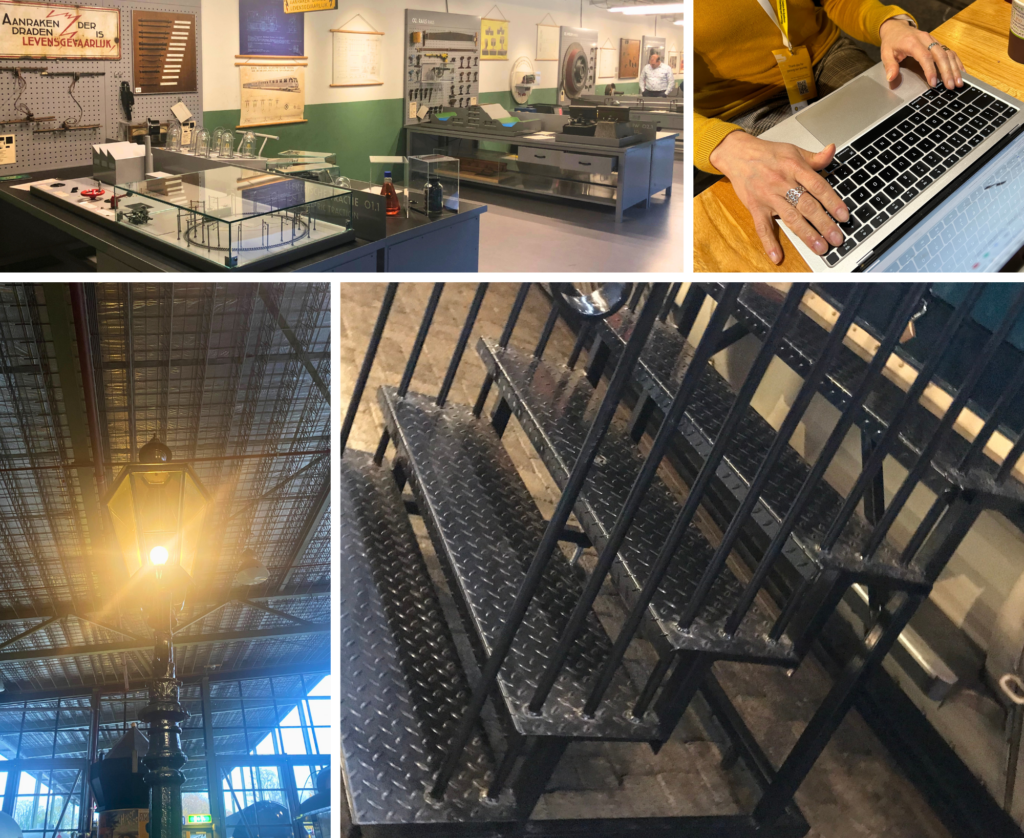
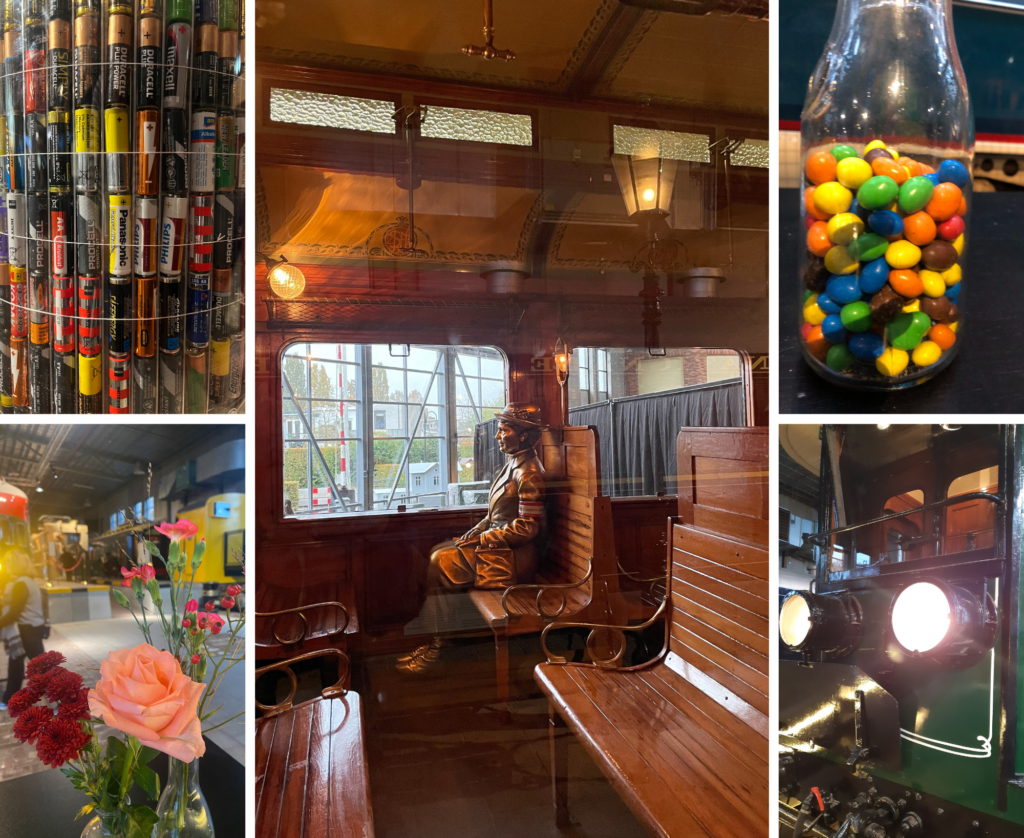
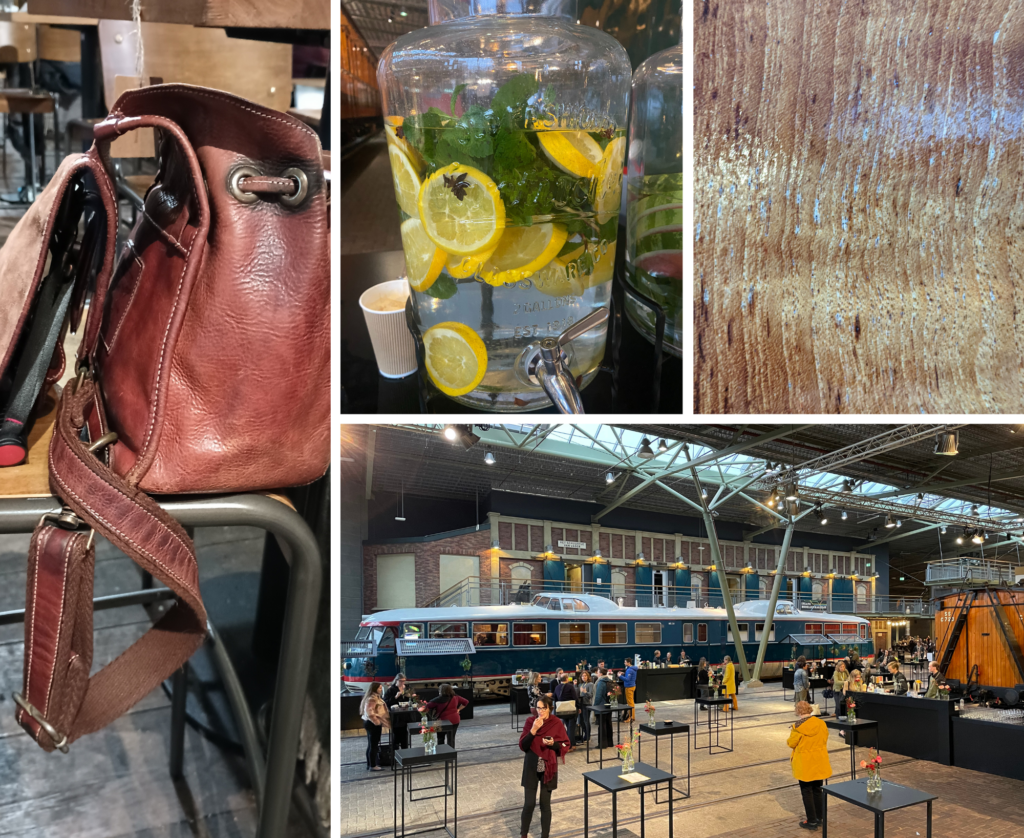
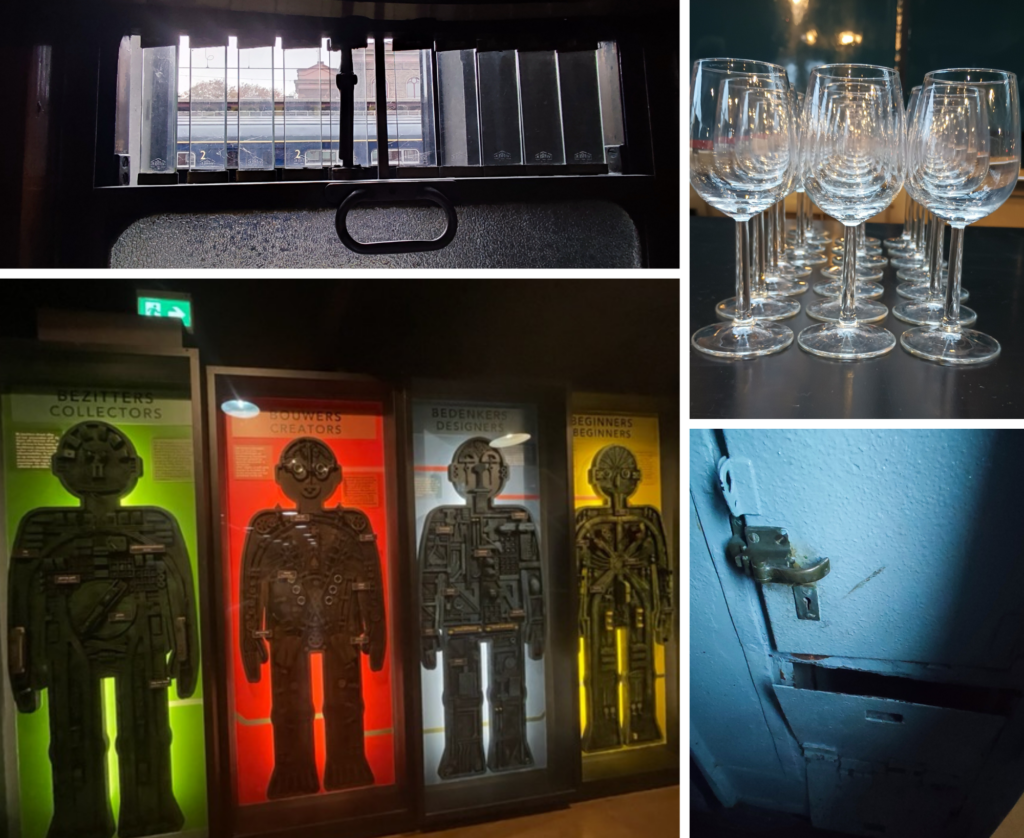
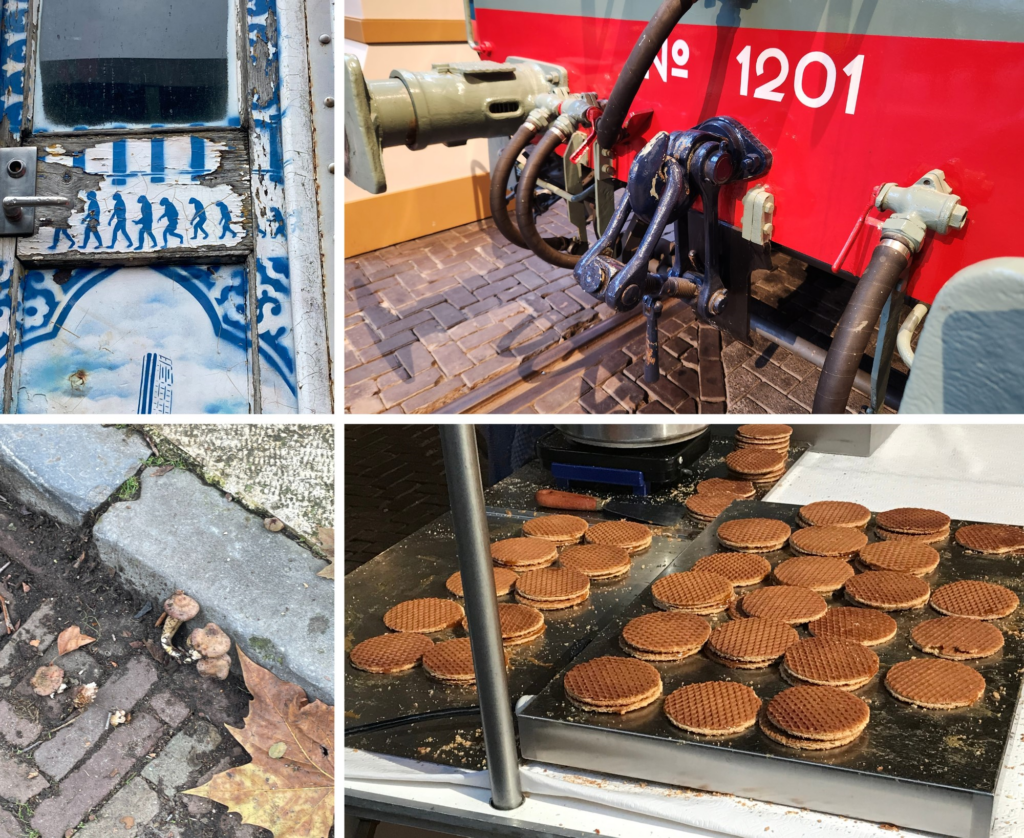
Note: In the workshop, we covered some of the ethical considerations associated with photo narration. In an effort to model those practices, we asked participants for verbal consent to use these photos in a blog post. We also indicated that if they did not wish for their photos to be included, they could contact us at any time. Further, participants were specifically asked not to include other people in their photos and those photos that did include people are not included in the collection above. We also checked that museum policy allowed for photography and the public sharing of those images. For further reading on ethical considerations in the use of photos as evidence, we recommend this thoughtful piece: Creighton, Genevieve, John L. Oliffe, Olivier Ferlatte, Joan Bottorff, Alex Broom, and Emily K. Jenkins. (2018). Photovoice ethics: Critical reflections from men’s mental health research. Qualitative Health Research 28 (3): 446–455.
Photovoice Ethics: Critical Reflections From Men’s Mental Health Research
We have chosen to present the 30 workshop photos as a series of collages. The photos have been randomly sorted and placed to fit a variety of configurations using Canva. You can observe the multitude of phenomena, objects, and moments that the participants used to address the prompt. Some examples of the photos taken by participants include trains (or parts of trains), lamps, flowers, stairs, windows, and snacks. How do these photos resonate with your own thoughts about SoTL?
The workshop exercise took place across several stages that mirror those of photo narration in the classroom. We started with focused attention, in this case on a rather complex and abstract concept: SoTL. This was followed by reflection and sharing of the representation practices reflected in the photos. If this had been a classroom exercise, we might have ended there. Instead, we asked participants to review the full gallery of photos gathered and look for patterns of representation. In other words, we started to shift toward looking at these photos as evidence—what does this collection of images tell us about how SoTL is represented across a multi-national, multi-/trans-disciplinary group of scholars and practitioners? We also considered what the implications for further research might be. What would happen, for example, if we extended the exercise to all of the conference attendees? Or shifted the context from a train station to a kitchen, a classroom, a [insert space here]?
Did you notice any patterns as you were engaging with the photos or did these seem like random photos that have been thrown together? Both are fair responses to the photos. The beauty of photo narration lies in its interpretation, both by the creator and by the viewer. As is typical in photo narration, the participants offered insights during the workshop about the meanings they had ascribed to their photos. Identified themes are SoTL as illumination, SoTL as diversity, SoTL as system, SoTL as movement, and SoTL as connection. The interesting take-away from the workshop is the ways that the context itself shaped understandings of SoTL.
We appreciate you travelling with us, but we would also like to continue our journey together. Several participants suggested that we might create a new ISSOTL special interest group (SIG) focused on visual pedagogies as well as visual sources of evidence in SoTL. To put in the proposal to form the SIG, we need at least 10 fellow passengers to become founding members. If you would be willing to join us on the next leg of this voyage, please send an email to Laura Cruz (lxc601@psu.edu).
-Laura Cruz (Penn State, U.S.) and Jacob Kelley (Auburn University, U.S.)
References and Further Reading
Creighton, Genevieve, John L. Oliffe, Olivier Ferlatte, Joan Bottorff, Alex Broom, and Emily K. Jenkins (2018). Photovoice ethics: Critical reflections from men’s mental health research.” Qualitative Health Research 28 (3): 446–455. https://doi.org/10.1177/1049732317729137




